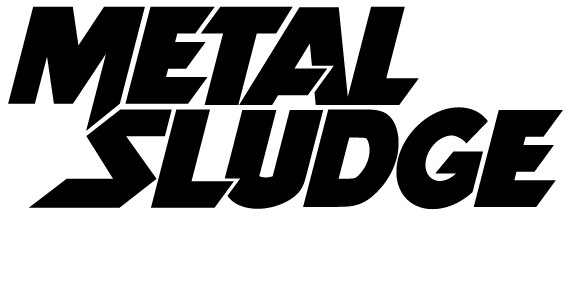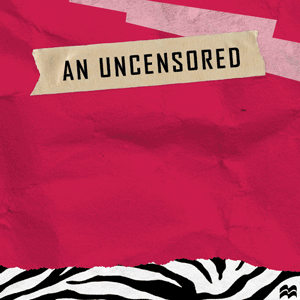
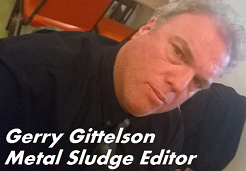
LOS ANGELES — In an era of google-copy-and-paste disguised as hard work, it is nice to see folks put their heart and soul into a passion project. That’s just what co-author Richard Bienstock has pulled off with new book ‘Nothing But a Good Time: The Uncensored History of The ’80s Hard Rock Explosion.”
The book, co-written by Tom Beaujour, took three years and is 99 percent quotes — which is incredibly time-consuming if you happen to relate like we do.
Just about every notable ’80s band participates — from Motley Crue to Guns N’ Roses to White Lion to Cinderella to Ratt to Poison to a million more — along with managers, booking agents, photographers and hangers-on from back in the day.
This is one heck of a book. A bit like every Metal Sludge story all rolled into one.
“Nothin’ But a Good Time” comes out in March but you can preorder now. Metal Sludge caught up with Bienstock from New York.
———————————————————————————–
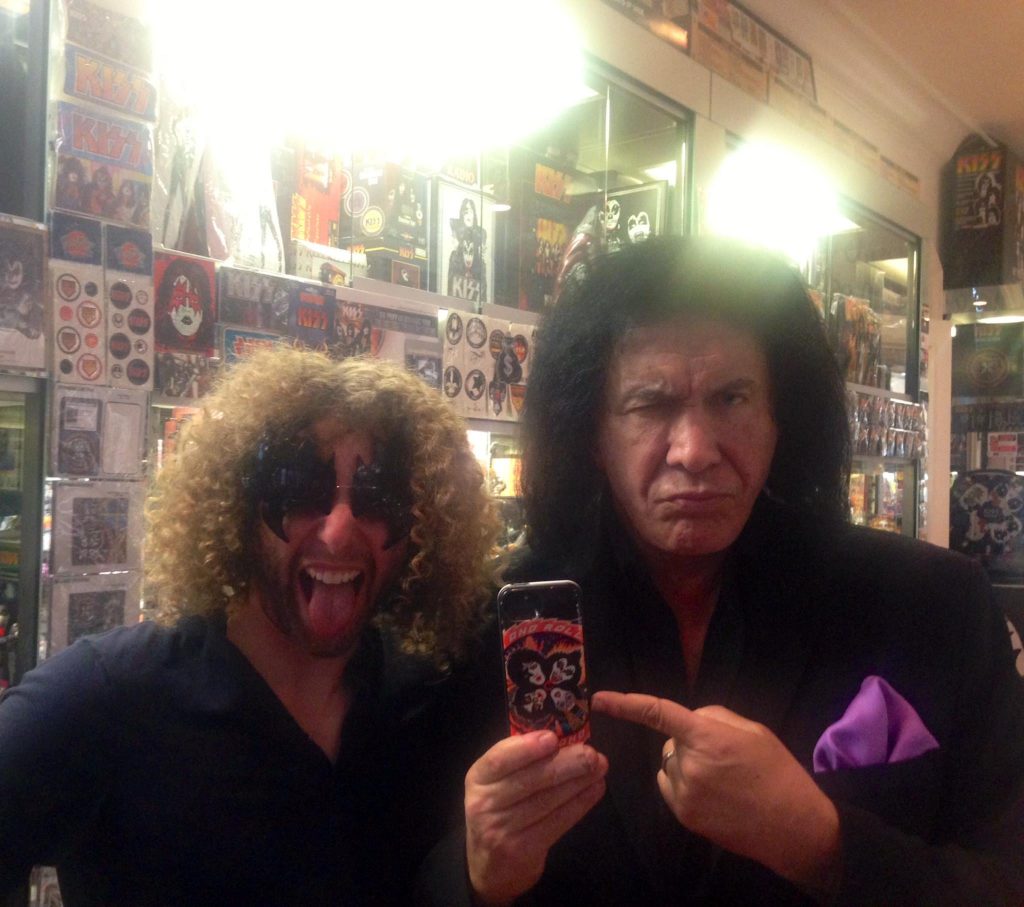
Metal Sludge: The book is mostly quotes, which means a lot of labor. This book required an insane amount of work, correct?
Richard Bienstock: Insane would be a good word to use. We did more than 200 original interviews to put together the narrative, and while all the obvious bands are in there – everyone from Motley, Ratt, Poison, Guns N’ Roses, Van Halen, Twisted Sister, Cinderella, Skid Row, L.A. Guns and Quiet Riot to Winger, Warrant, White Lion, Great White, Lita Ford, Kix, Pretty Boy Floyd, Britny Fox, Vixen, Bang Tango, Jet Boy, Trixter and many, many, maaany more – there’s also input from band managers, producers, engineers, label execs, stylists, club bookers, magazine publishers, video directors, bodyguards, groupies, hangers-on and others. And there’s Ozzy! And there’s Tuff! Anybody ever hear of Tuff before?
MS: Then, once you have everything transcribed, you have to figure out where it fits in. Right?
RB: Correct. Which is an art in and of itself. You want to tell these stories accurately and honestly, and sometimes one person’s memory of events can differ pretty wildly from another’s. That’s okay. You can work with that. The trick is being able to tell a story in full without inserting any of your own thoughts or prejudices into the narrative. What you wind up with is something that is (hopefully) authentic to the people who were there, and presented in a way that puts you right there in the moment with them.
MS: The timing is perfect because 25 years ago, you wouldn’t get the same quotes. The artists would have been more guarded, right?
RB: I think that’s likely true. I can’t speak for anyone in the book, but I think that a certain amount of time and space is required, or is at least helpful, in order to be able to look back at your life – your choices, your motivations, your actions – in an honest way. And across the board, we were continually impressed – and also appreciative – of how open and candid everyone was with us.
MS: Plus you know how rock and roll works. No one wants to criticize anyone because it might result in not being invited to a party.
RB: True. But these days there are no parties to be had…so criticism didn’t seem to be a problem!
MS: Your love of 80s music shines through. You love it, no?
RB: Goes without saying. This is the music my co-author and I grew up on. And we’re both guitarists who were inspired to pick up the instrument due to what we were hearing. Beyond just being fans, we also spent decades together as writers and editors at Guitar World magazine, covering a lot of these guys and getting to know them and spend time with them.
I would also say that I personally have had the opportunity to share stages with some of the artists in the book – I’ve played “Every Rose Has Its Thorn” onstage with Poison, “Nothin’ But a Good Time” with Bret Michaels, and the entire debut L.A. Guns album with Tracii Guns. Various bands I’ve been in have also opened for Twisted Sister and played for the members of Motley Crue. So we know this stuff, to say the least.
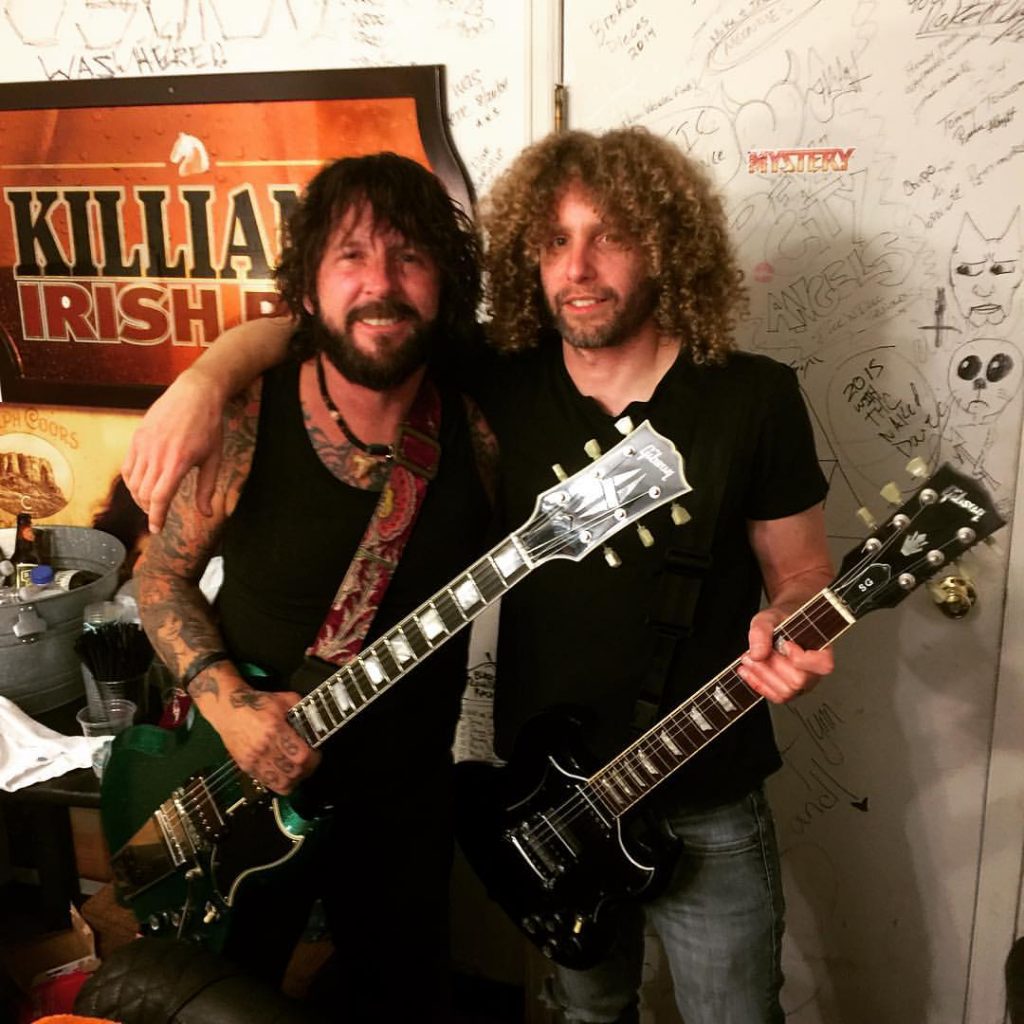
MS: What’s your favorite part of the book?
RB: It would be hard to choose just one. There are different sections I enjoy for different reasons. One thing I appreciate about the early part of the book is that we tried to illustrate how much of a DIY thing this was for all the bands involved – as much as the punk scene was in the ‘70s or the indie scene was in the ‘80s – and how creative and scrappy they had to be in order to make their voices heard. Whether it was Motley, Ratt, Dokken, Stryper, Great White, WASP and all the early Strip bands on the West Coast, or Twisted Sister, Poison, Kix, Cinderella and the rest of the East Coasters, it’s impossible to not respect for what they went through and how they persevered.
Beyond that, there’s so many great slice-of-life stories: a deep dive into the wild origins of the Cathouse with Riki, Taime and everyone who was there; a look at flyer wars on the Strip; a chronicle of the formation of Guns N’ Roses with input from lots of the early Hollywood Rose/Rose guys; hilarious stuff with the Nelson twins, Cinderella, Dokken and Skid Row; the most in-depth chronicle of Poison’s early days; a great chapter about the Jake E. Lee/George Lynch battle for the slot in Ozzy’s band with Ozzy, Sharon, Jake and George telling the story…just tons of fun stuff.
MS: What’s the biggest news or scoop or unknown fact that came out from the book?
RB: There’s definitely a lot of information that neither of us had heard before, and to be honest, that was one of our guiding lights during the writing this book: “If it was something that was new to us, chances are it’ll be new to someone reading this.”
One thing that comes to mind is that there’s a chapter on ‘80s rock fashion, and in addition to the bands themselves we talked to a lot of the stylists who created these looks. There’s a great story from Fleur Thiemeyer, who styled everyone from Ozzy and David Lee Roth to White Lion and Lita Ford, about designing Motley’s Shout at the Devil costumes. In addition to going into detail about how it all came together, she recalls having the band members come over to her apartment, sit on her floor with colored pencils and literally color in sketches of the costumes in order to show her how they wanted them to look. Which is a just a great visual. We even have the original sketch of Nikki’s Shout at the Devil costume in the book, with Nikki’s actual directions written in pencil next to it.
Otherwise, I would point to two incredible interviews we landed with guys you don’t often, or ever, hear from. One was Vito Bratta, who gave two long interviews about the entire history of White Lion and which I believe is his first print interview in at least 20 years, maybe more. And the other is Matt Smith, the original guitarist in Poison. I don’t know that he’s ever been interviewed extensively before. That was pretty eye-opening. And it’s all in the book.
MS: For every band that’s thrown a TV out a hotel window, there are three that falsely claim they’ve done so, agree?
RB: Possibly. Though I’d venture a guess that it’s very likely every band in this book actually did it…
MS: Going back to Guitar World, did you go out of your way to appeal to readers who are fans but not musicians?
RB: We did. I think that’s one of the primary things that made Guitar World such a success over the years. And the credit there goes to former editor-in-chief Brad Tolinski, who had the vision that this magazine could– and should – appeal to not just guitarists, but music fans of every stripe. And he was right (and hey – he’s interviewed in the book as well!).
MS: Are rock journalists underpaid and underappreciated considering they give bands a window?
RB: Underpaid? Well, you certainly don’t take this gig for the dough.
MS: Underappreciated?
RB: I guess it depends on who you ask. Most of the artists I’ve worked with over the years have been super appreciative about what we do. That goes for the guys just starting out all the way up to Ozzy, AC/DC, Metallica, Motley, Guns and so on. But just like them, we do it because we love it. Making money is nice, but it ain’t guaranteed.
MS: You had more stuff on Enuff Z’Nuff and Dangerous Toys and a few others that got edited out. Was that tough?
RB: It was, and it certainly wasn’t reflective of their significance to the story. But we did have to pick and choose what we covered – even in a book that runs 600 pages! If an artist didn’t get spotlighted it wasn’t because they didn’t deserve it, but more so because it didn’t advance the overall narrative in a suitable way.
MS: Ever notice the insignificant artists are always the biggest pain in the ass to interview?
RB: You tryin’ to tell me somethin’ here Gerry…
MS: Give three pieces of advice for aspiring rock journalists
RB: Write about what you love. This book couldn’t have happened otherwise. Tom and I spent years doing interviews and putting it together, and that would have been impossible to do without a deep connection to and appreciation for our subject matter.
Write about what you don’t love. Just make sure you write about it honestly and objectively. Unless it’s a review, the reader doesn’t much care what you think about an artist or a record. Give them the story and let them decide for themselves.
Write as much as you can…or be super-selective…or only write when someone pays well…or even when there’s little money involved… There’s lots of different ways to do it, and no one way is right or wrong. Especially given how rapidly this industry keeps changing. Follow your instincts, believe in yourself, and never forget what drove you to do this in the first place.
MS: Do you laugh at 20-somethings who think their favorite bands will still be around 30 years later like the bands from the 80s?
RB: Never say never! I remember being a kid and being blown away that Mick Jagger was…40! Now he’s almost 80. As for the artists themselves, given the look, the sound and the lifestyle, I don’t think most people would have imagined these 80s bands would still be here today – and what’s more, that they’d be considered the new classic rock (a point some of them make in the book, and that I think is very much true). So get ready – the Imagine Dragons 2050 tour is just around the corner…
MS: Final words about the book?
RB: Umm… buy it?
Reach Gerry Gittelson at gerryg123@hotmail.com
Richard Bienstock @ Buy Book – Facebook – Amazon – Instagram – Youtube –

